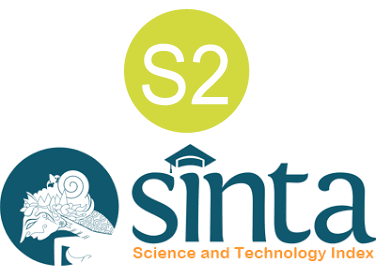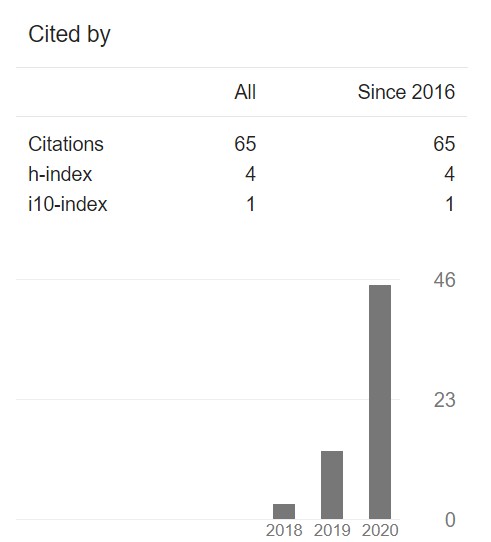Implementasi Strategi Practice Rehearsal Pairs, Linghtening The Learning Climate, dan Simulasi dalam Pembelajaran di Sekolah
DOI:
https://doi.org/10.5281/zenodo.3559234Abstract
The essence of the learning process starts from a concept that learning is a change of action through the activities, practices, and experiences of the two
main factors that determine the learning process are heredity, and the environment. According to Melvin L. Silberman, learning is not an automatic
consequence of delivering information to a learner, learning requires mental involvement and learning action itself. Their own clarity and wisdom will not
lead to true and lasting learning. During active learning activities, learners learn ideas solving problems, and apply what they learn. Active learning is a
fast, fun, supportive, and exciting move. Active learning is a learning process that requires learning dynamics for learners, the dynamics to articulate the world of ideas and contribute the idea to the realm of reality it faces. According to Hisham Zaini et al argued that, active learning is a learning that invites learners to learn actively, when learners are active, meaning they dominate the learning activities. By this they actively use the brain, either to find the underlying ideas and learned material, to solve problems, or to apply what they have just learned into one real-life problem. Active learning is needed by learners to get maximum learning outcomes. When the learner is passive or just accepting and teaching, and the tendency to quickly forget what has been given, the factors that hasten
information quickly are forgotten is the human brain’s own weakness factor, hence by actively learning the newly acquired information will be stored in the
memory of the brain.
Downloads
Downloads
Published
How to Cite
Issue
Section
License
Authors who submit manuscript retain its copyright and grant publisher right of first publication licensed under a Creative Commons Attribution-ShareAlike 4.0 International License (CC BY-SA 4.0) that allows others to access (search, read, download, and cite), share (copy and redistribute the material in any medium or format) and adapt (remix, transform, and build upon any material) the work for any lawful purpose, even commercially with an acknowledgement of the work's authorship and initial publication in Qalamuna: Jurnal Pendidikan, Sosial, dan Agama.













